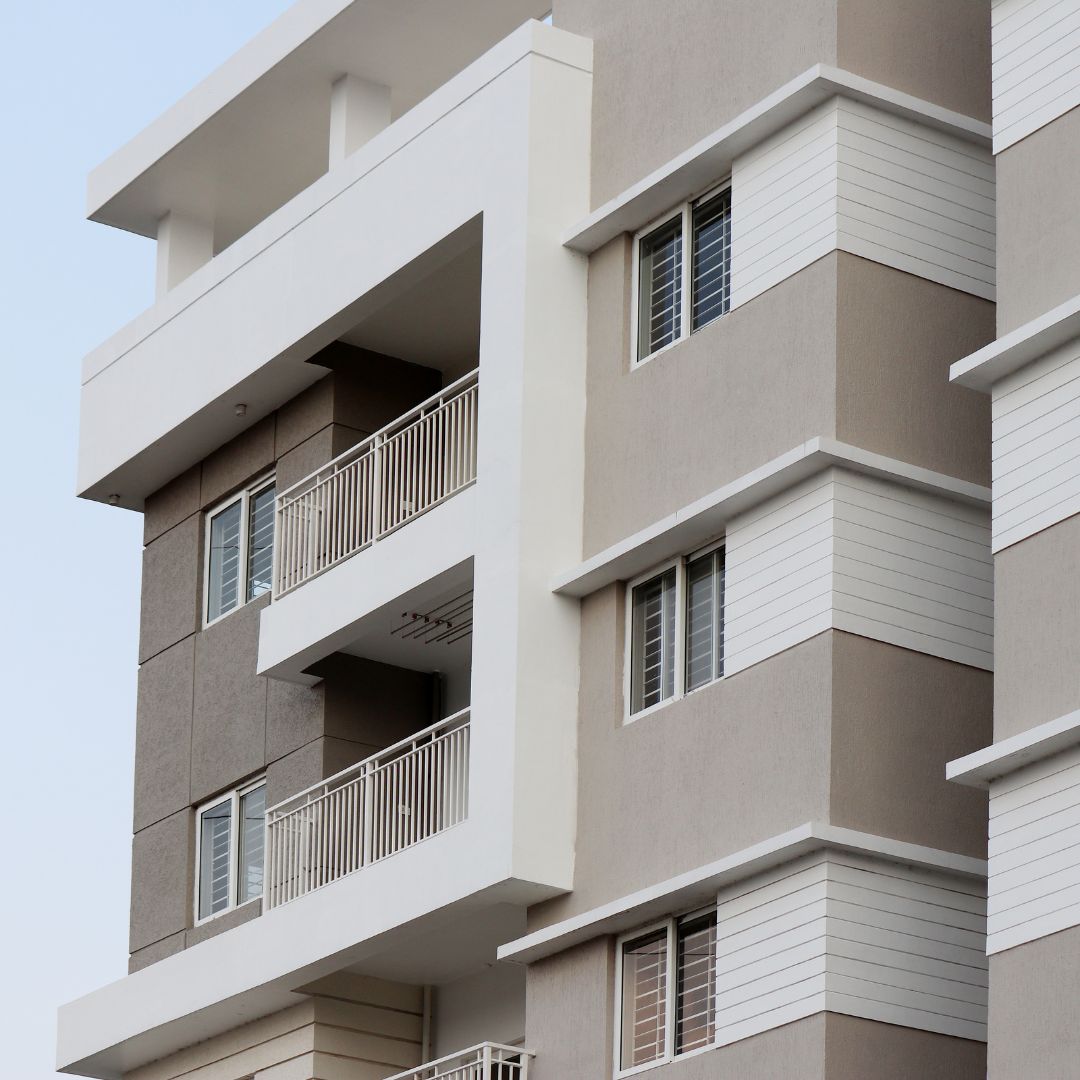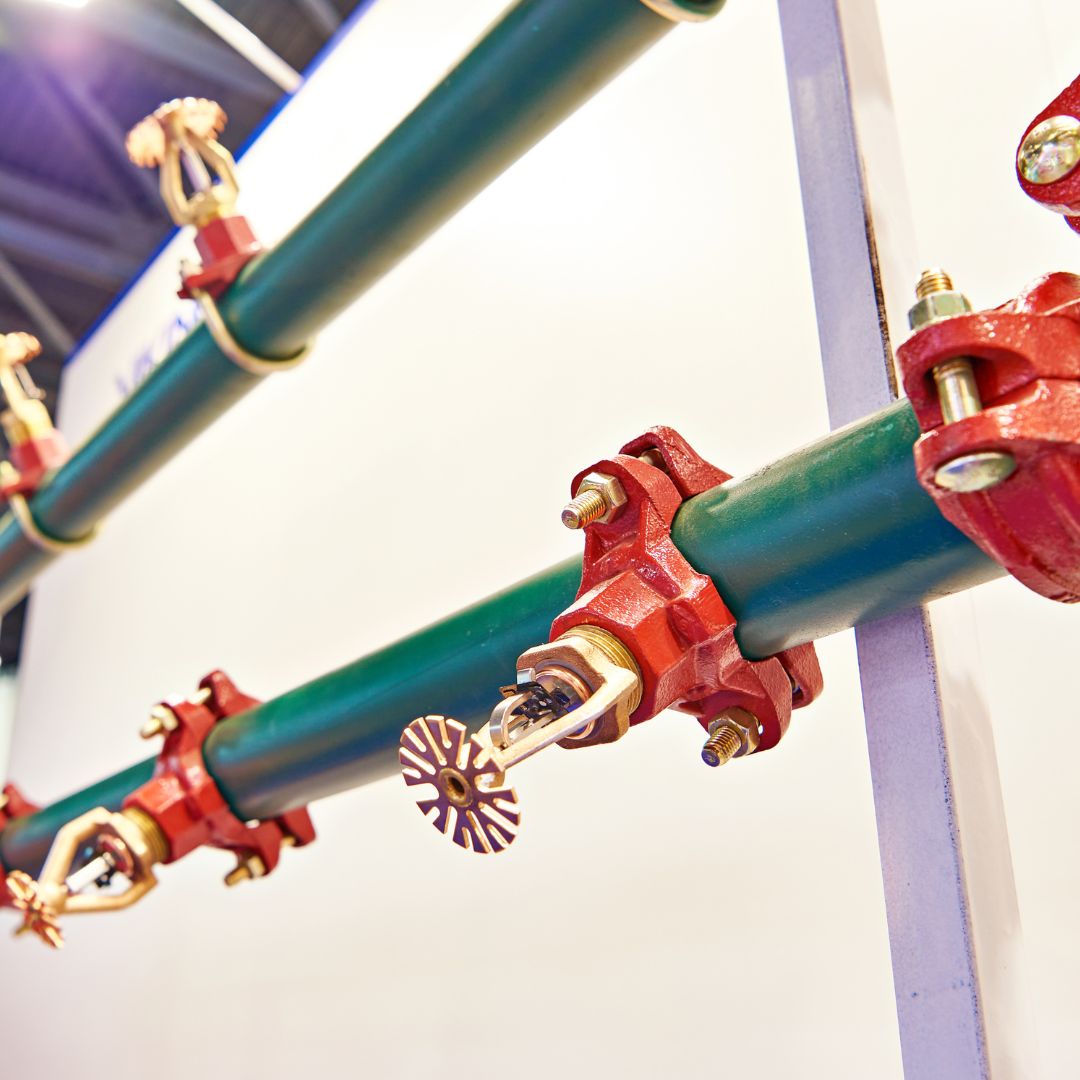Recognising When Your Building’s Fire Safety is Outdated

Knowing when to upgrade your fire safety systems can mean the difference between a minor incident and a catastrophic event.
As fire safety professionals, we regularly encounter buildings where warning signs have been ignored for far too long. Below, we’ve helped identify the key indicators that your fire safety systems need immediate attention, ensuring you can act before it’s too late and remain compliant.
Fire Alarm Systems
Those over 10-15 years old are often the first to show signs of decline. Older systems may use components that are no longer manufactured, making repairs increasingly difficult and expensive. If your fire alarm panel displays a model number that’s no longer supported by the manufacturer, it’s time to consider an upgrade.
Corroded or damaged fire alarm devices are immediate red flags. Look for smoke detectors with yellowed or cracked plastic housings, call points with faded labels, or sounders with visible rust or damage. These visual cues often indicate internal deterioration that compromises functionality.
Sprinkler Systems
Those installed before 1990 may not comply with current British Standards. These systems often feature outdated sprinkler heads, inadequate coverage patterns, or piping that doesn’t meet modern flow requirements. We frequently find that older sprinkler systems struggle to provide adequate protection for today’s building uses.
Sprinkler heads showing signs of corrosion, paint buildup, or mechanical damage should be replaced immediately. We’ve seen cases where painted-over sprinkler heads failed to activate during a fire because the paint prevented proper operation. Similarly, corroded heads may not distribute water effectively, reducing suppression capability.
Water damage or staining around sprinkler pipes often indicates leaks that could compromise system pressure and reliability. Even minor leaks can lead to significant pressure drops that render entire zones ineffective during a fire.

Emergency Lighting
Emergency lighting with dim or flickering bulbs suggests battery failure or charging system problems. If emergency lights take longer than five seconds to illuminate during testing, or if they don’t maintain brightness for the full three-hour duration, the system needs attention.
Battery-powered units may appear to function during monthly tests but fail during an actual emergency when sustained illumination is crucial. Systems typically have a lifespan of 10-12 years. Any emergency light that doesn’t illuminate during testing should be investigated immediately.
System Malfunctions
Frequent false alarms are more than just a nuisance, they often indicate detector contamination, system sensitivity issues, or environmental problems. Buildings experiencing more than two false alarms per month should undergo comprehensive system evaluation.
Inconsistent system responses during testing reveal underlying problems. If some zones respond immediately while others delay, or if coverage appears patchy, the system may have wiring faults, detector failures, or control panel issues.
Fire Risk Assessment
Recommendations highlighting system deficiencies require prompt attention. Our professional fire strategy and risk assessments identify gaps between current provisions and required standards, providing clear upgrade priorities.
Building Control or Fire Service
Concerns raised during inspections indicate serious compliance issues. These authorities have extensive experience identifying substandard systems and their recommendations should be implemented without delay.
Environmental Factors
Changes in building layout or use may compromise existing fire safety systems. Open-plan office conversions, additional partitioning, or new equipment installations can create detection blind spots or obstruct sprinkler coverage.
Persistent environmental conditions like humidity, temperature extremes, or airborne contaminants can accelerate system deterioration. Buildings in harsh environments often require more frequent system upgrades.
Operational Changes
Increased building occupancy may exceed the design capacity of existing systems. Fire safety systems designed for 50 occupants may not provide adequate protection for 100 people using the same space.
Extended operating hours place additional demands on fire safety systems. A building operating 24/7 requires more robust and reliable systems than one with standard business hours.
Document & Proof
All warning signs with photographs and dates. This record helps prioritise urgent issues and provides valuable information for fire safety professionals.
Engage qualified professionals for comprehensive system assessments. We can evaluate your entire fire safety infrastructure, identifying both obvious problems and hidden vulnerabilities.
Implement interim measures where necessary. While planning major upgrades, temporary solutions may be required to maintain acceptable safety levels.
Conclusion
Fire safety systems require proactive management and timely upgrades to maintain effectiveness. By recognising these warning signs early, building owners can ensure continuous protection while avoiding the disruption and expense of emergency replacements.
Regular professional assessments help identify emerging issues before they become critical problems. If you’ve recognised any of these warning signs in your building, don’t wait, contact us today for a comprehensive fire safety system evaluation.